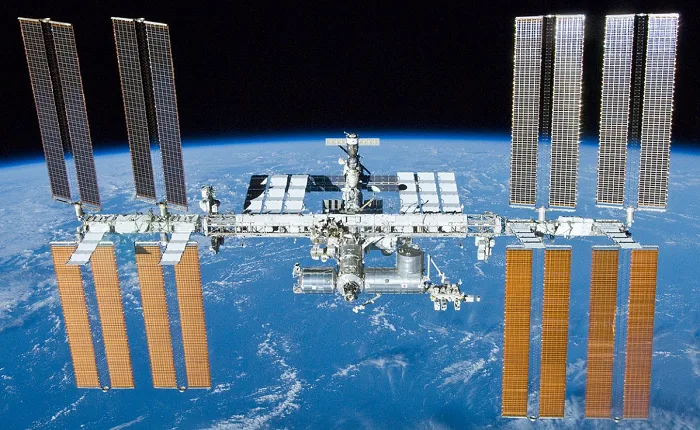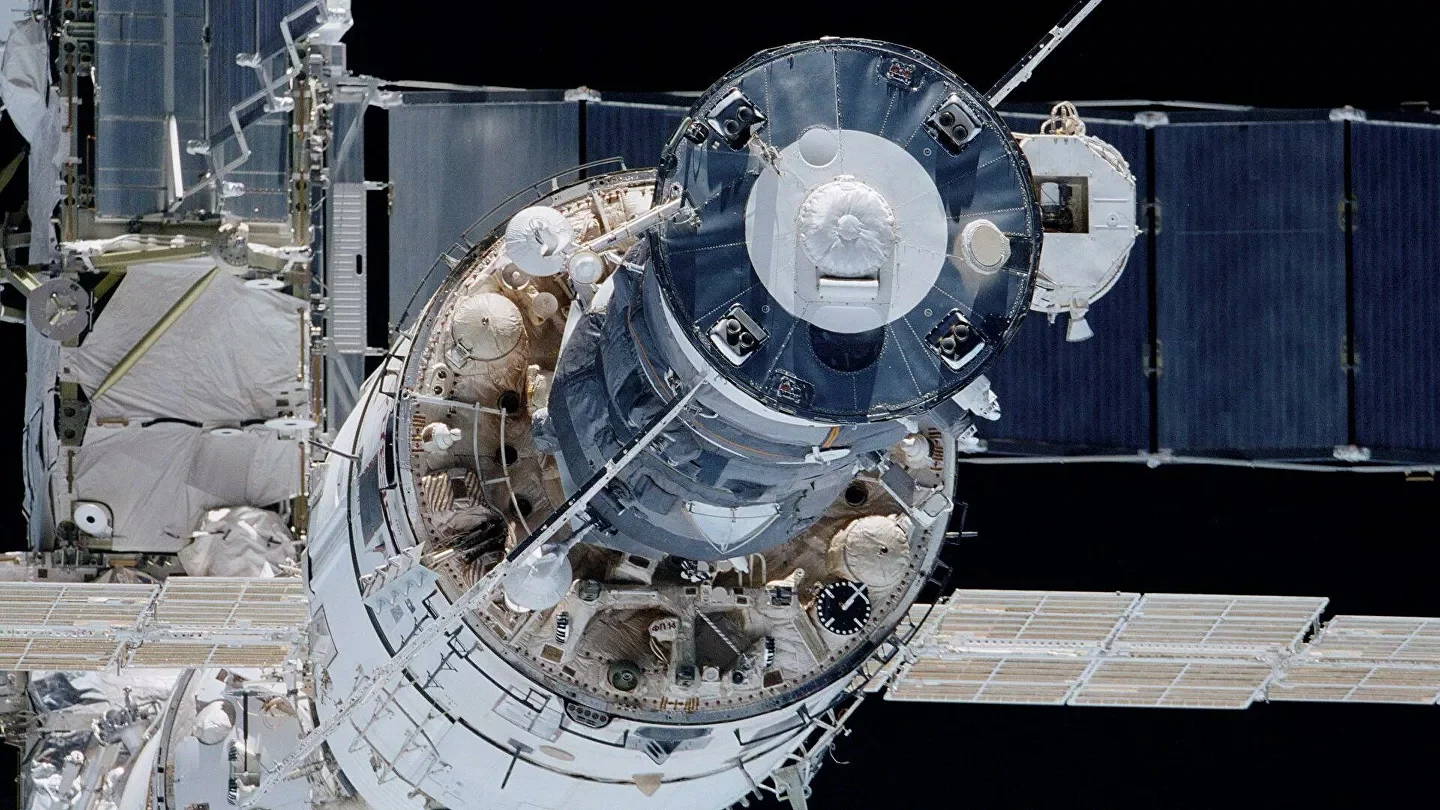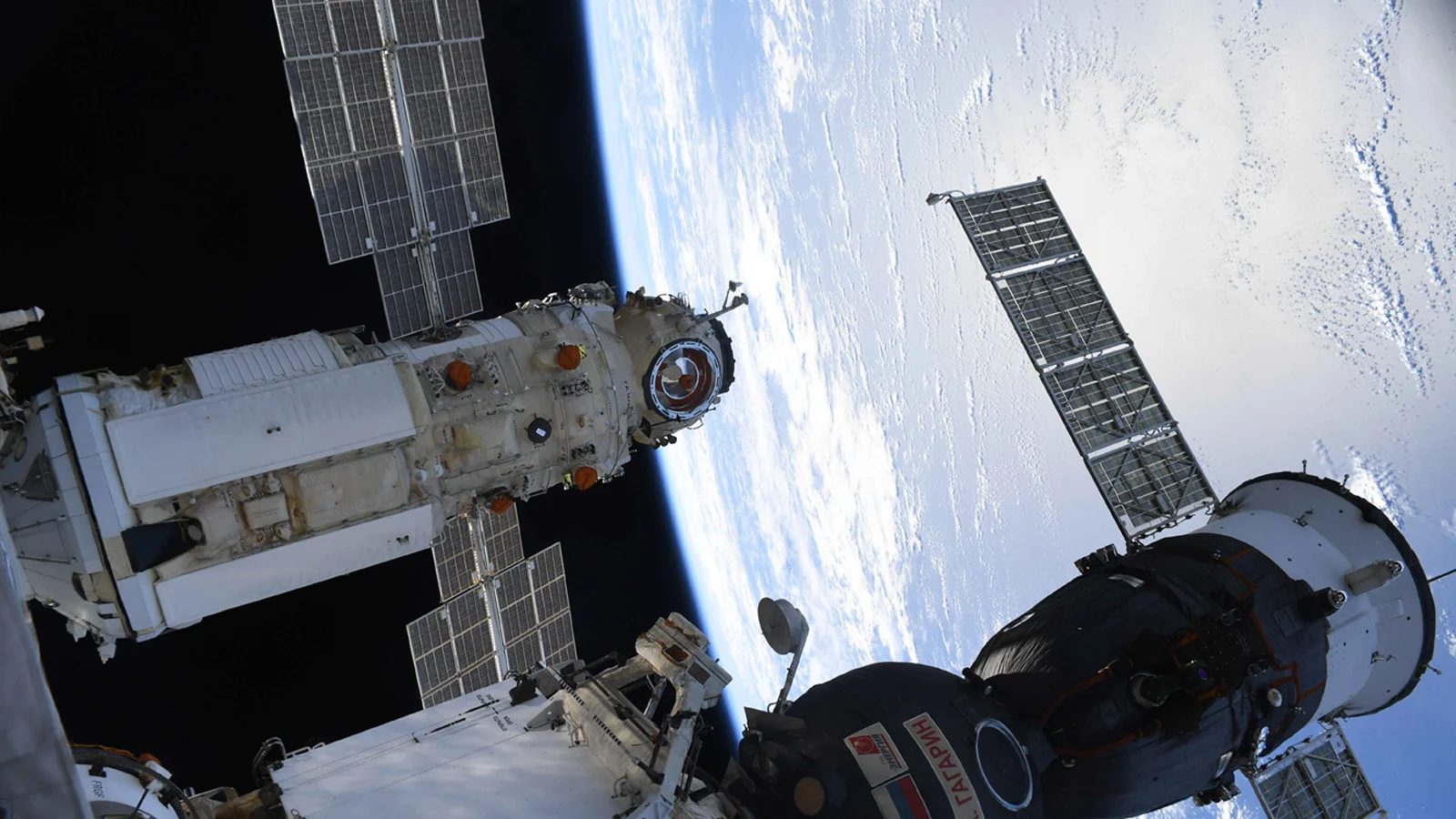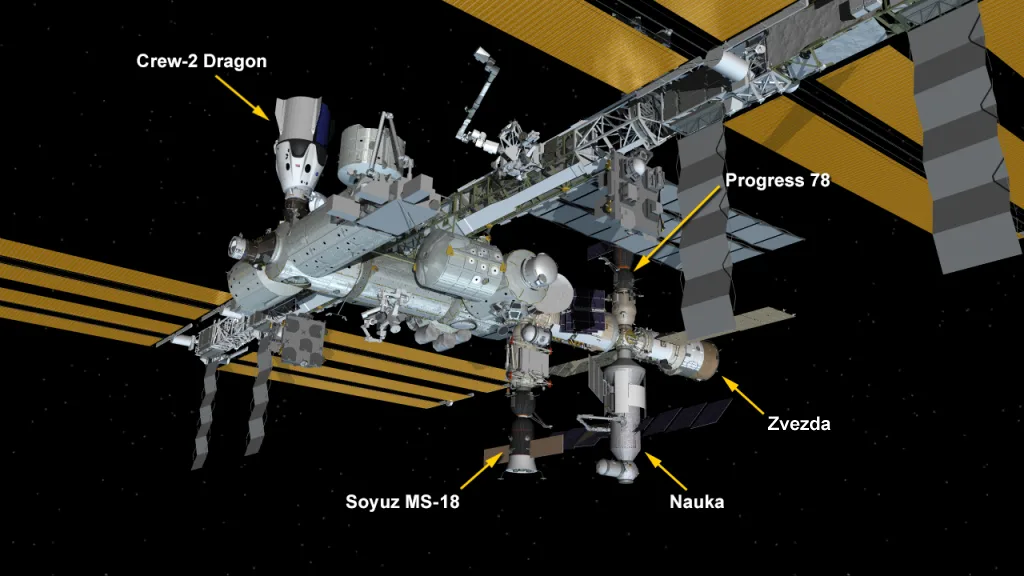
Alarms sound on the International Space Station due to smoke, burning smell
This is the third recent incident involving the Russian segment of the orbiting space lab.
Alarms sounded throughout the Russian section of the International Space Station, after on-board systems detected smoke in the Zvezda service module.
According to the Russian space agency, Roscosmos, an alarm was triggered at 9:55 p.m. EDT on Wednesday, after instruments in the Zvezda module detected smoke during automatic battery recharging.
"To eliminate possible smoke pollution by the crew, an aggregate filter for cleaning the atmosphere was switched on — a means of on-board air purification," the agency wrote in an update on their Russian-language website. "After cleaning the atmosphere, the crew of the ISS-65 expedition continued the night rest mode."
During live coverage of Thursday's Russian spacewalk, the NASA TV commentator reported that the alarms sounded for about a minute. The smell of burnt plastic or electronics was strongest in the Zvezda module, but it was detected faintly in other sections of the station as well.

This image shows the Zvezda module of the ISS, with a Soyuz spacecraft attached to the docking port. Credit: Roscosmos
No source for the smell or smoke was apparently found, and air filters were turned on to remove the smoke before the crew went back to bed.
AGING STATION HARDWARE
This is the third incident in just the past six weeks involving the Russian part of the orbiting space laboratory.

The Russian Nauka Multipurpose Laboratory Module is pictured here, shortly after it docked to the ISS on July 29. Credit: NASA TV
On July 29, the newly-docked Nauka Multipurpose Laboratory Module (MLM) had a thruster malfunction that caused the entire station to tumble, end over end, as it orbited the planet.
It took the combined efforts of thrusters on the Zvezda module and a docked Soyuz spacecraft to counteract the errant thrust from Nauka, but only after the station had turned a total of 540 degrees. Once Nauka's thrusters exhausted their fuel supply, the station was once again returned to its original orientation. NASA said that the crew was never in danger, but this was possibly the worst incident suffered by the station and crew since the first modules were launched in 1998.

The configuration of the ISS on September 9, 2021, noting the locations of the SpaceX Crew-2 Dragon spacecraft, the Soyuz MS-18 spacecraft, the Progress 78 cargo vessel, and the Zvezda module. Credit: NASA/Scott Sutherland
In late August, Russian news reported that cosmonauts had discovered new cracks in the Zarya module — which, along with the American Unity section, combined to form the very first sections of the station in November 1998.
"Superficial fissures have been found in some places on the Zarya module," Vladimir Solovyov, the chief engineer of the rocket and space corporation Energia, told RIA news agency, according to Reuters. "This is bad and suggests that the fissures will begin to spread over time."
These issues follow repairs performed in March, where cosmonauts sealed two small cracks in the Zvezda module that had been causing a slow air leak from the station for months.
As Reuters reported, Solovyov has said before "that much of the International Space Station's equipment is starting to age and has warned there could be an 'avalanche' of broken equipment after 2025."
